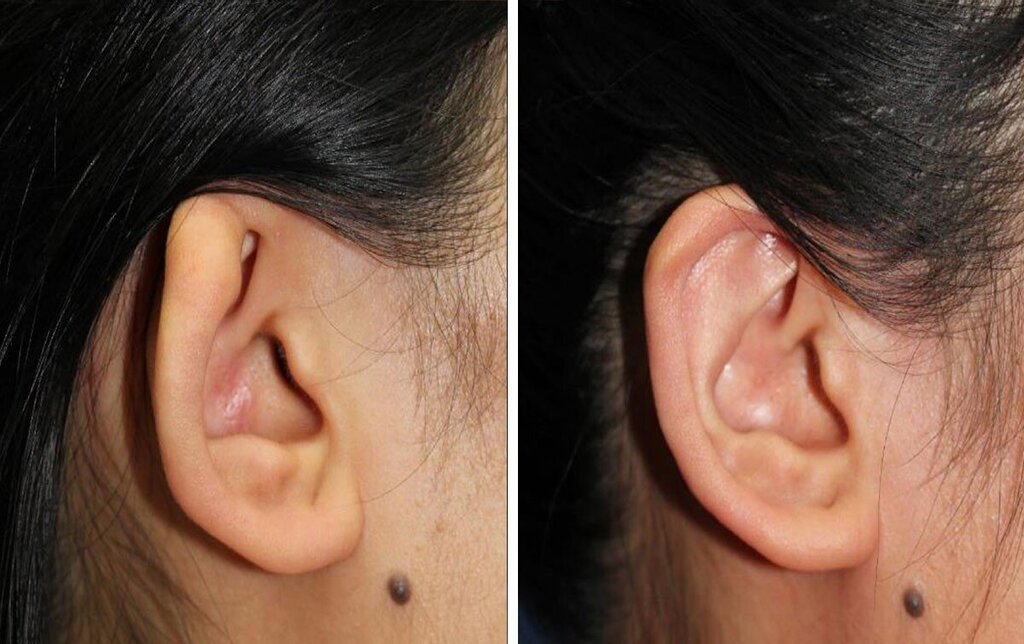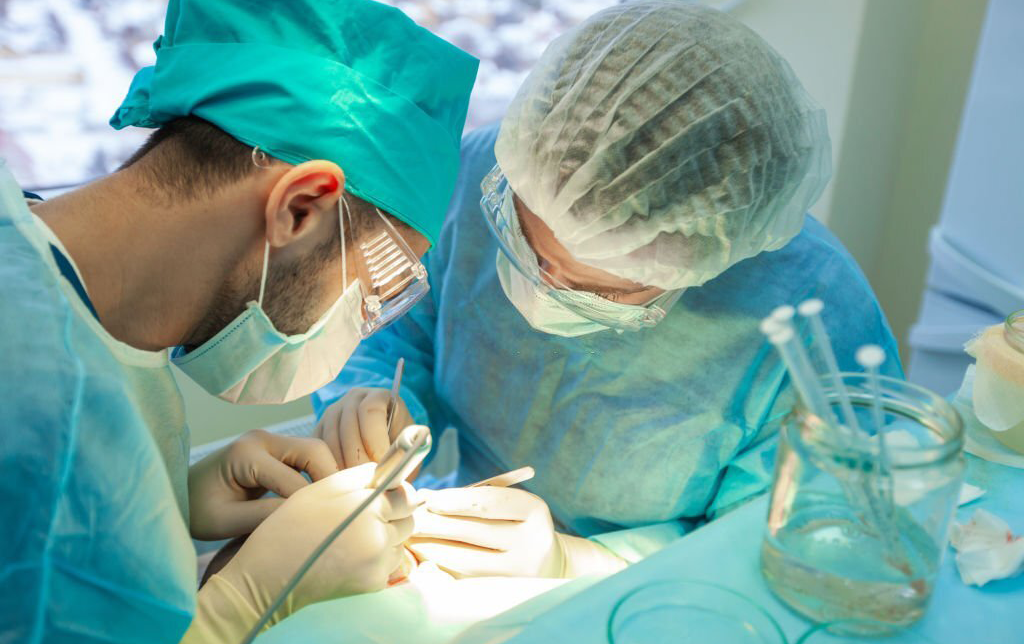Blogs

Transforming Lives Through Ear Reconstruction: Restoring Form and Function
Ear reconstruction is a highly specialized surgical procedure designed to address ear deformities caused by trauma, cancer, or congenital disorders. Beyond merely restoring the ear’s appearance, this intricate surgery can profoundly enhance the psychological and social well-being of individuals affected by ear deformities. In this blog, we explore the various indications, techniques, and benefits of ear reconstruction, shedding light on how this procedure can transform lives.
Indications for Ear Reconstruction
Ear reconstruction may be required for several reasons:
– Trauma: Accidents, burns, or injuries can severely damage the ear, necessitating reconstruction to restore its shape and function.
– Cancer Surgery: The removal of cancerous tissues from the ear area can leave significant defects, which can be addressed through reconstructive surgery.
– Congenital Disorders: Conditions such as microtia (underdeveloped ear) or anotia (absence of the ear) require reconstructive surgery to create a more typical ear structure.
Techniques in Ear Reconstruction
The choice of technique for ear reconstruction depends on the extent of the deformity and desired outcome. Here are some of the most common methods:
- Autologous Rib Cartilage Reconstruction
Considered the gold standard for ear reconstruction, particularly for microtia, this technique involves:
– Harvesting Rib Cartilage: Cartilage is taken from the patient’s ribcage and sculpted into the shape of an ear.
– Staged Surgery: This process typically involves multiple stages. The initial surgery places the cartilage framework under the skin, followed by subsequent surgeries to refine the ear’s appearance and position it naturally.
– Advantages: Using the patient’s own tissue minimizes the risk of rejection and provides a natural, durable structure that grows with the patient.
- Prosthetic Reconstruction
For patients who may not be ideal candidates for rib cartilage reconstruction, prosthetic ears offer an alternative:
– Custom-Made Prosthetics: Silicone prosthetic ears are designed to match the patient’s skin tone and remaining ear structure.
– Attachment Methods: Prosthetics can be attached using adhesives or implants.
– Advantages: This method is less invasive and can achieve excellent cosmetic results without multiple surgeries.
- Medpor Implant Reconstruction
An innovative approach involving porous polyethylene implants (Medpor) includes:
– Synthetic Framework: The Medpor implant serves as a framework for the new ear, covered by the patient’s tissue.
– Single-Stage Surgery: Medpor reconstruction can often be performed in a single procedure.
– Advantages: This method eliminates the need for harvesting rib cartilage, reducing donor site morbidity while providing a stable, durable structure.
The Surgical Process
The surgical process for ear reconstruction typically involves several stages:
– Consultation and Planning: Detailed preoperative planning includes evaluating the deformity, discussing patient goals, and choosing the most appropriate technique.
– Surgery: Depending on the chosen method, the surgery may involve cartilage harvesting and shaping, implant placement, or prosthetic attachment.
– Recovery: Postoperative care includes managing pain, preventing infection, and ensuring proper healing. Patients should avoid activities that might disrupt the surgical site.
– Follow-Up: Regular follow-up appointments are crucial to monitor healing and make necessary adjustments.
Benefits of Ear Reconstruction
Ear reconstruction offers both physical and psychological benefits:
– Improved Aesthetics: Reconstructive surgery enhances the appearance of the ear, providing a more natural look and boosting self-confidence.
– Psychological Well-Being: Restoring the ear can alleviate emotional distress associated with deformities, improving social interactions and overall quality of life.
– Functional Improvements: In some cases, ear reconstruction can also help improve hearing if the deformity or damage affects the ear canal.
Challenges and Considerations
While ear reconstruction provides significant benefits, it also comes with challenges:
– Complexity: The surgery is complex and requires a skilled and experienced surgeon.
– Multiple Procedures: Some methods require multiple surgeries, which can be demanding for patients.
– Risks and Complications: As with any surgery, risks include infection, scarring, and complications related to anesthesia. Discussing these risks with the surgeon is important.
– Realistic Expectations: Setting realistic expectations is key. While surgery can provide dramatic improvements, perfect symmetry or a completely natural appearance may not always be achievable.
Ear reconstruction is a transformative procedure that addresses physical, emotional, and social challenges associated with ear deformities. Whether due to trauma, cancer surgery, or congenital conditions, reconstructive techniques offer hope and significantly improve quality of life. At Saundarya City, patients benefit from state-of-the-art ear reconstruction services provided by experienced surgeons. Combining advanced techniques with compassionate care,
Popular Posts

Nose Surgery (Rhinoplasty)
Nose reshaping (rhinoplasty or a "nose job") is an operation to change the shape or size of the nose...

Best Hair Transplant Doctor In Nagpur Location
Saundarya City Uses Modern techniques have enabled advanced methods for surgical hair transplants that can help restore lost hair...



 Book an Appointment
Book an Appointment